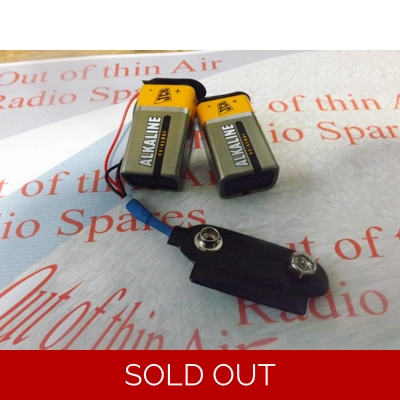








High-Quality, Hand-Assembled Radio Parts – Available Now!
Welcome to our online store, where we offer a wide selection of premium radio parts, both for modern radios and vintage models. Each component is carefully hand-assembled to ensure superior quality and performance, helping you get the most out of your radio, whether you're restoring a classic or upgrading a contemporary piece.
Handcrafted for Excellence
Our radio parts are meticulously crafted by skilled technicians who take great pride in their work. Every part is assembled with attention to detail, ensuring that it not only meets but exceeds the highest standards. We understand that quality matters, especially when it comes to radio equipment that relies on precise components for clear sound and optimal performance.
For Both Modern & Vintage Radios
Whether you're working on a vintage radio from decades ago or a cutting-edge, modern model, we have the right parts for the job. Our range includes everything from capacitors and resistors to speakers and tuning mechanisms, all designed to help you maintain or restore your radio to perfect working order.
Why Choose Our Radio Parts?
- Handcrafted Quality – Each part is carefully assembled by hand, ensuring reliability and performance.
- Wide Selection – We offer parts for both vintage radios and modern models, so you can find exactly what you need.
- Durable and Long-lasting – Built to stand the test of time, our components are made from top-quality materials.
- Easy Ordering – Conveniently purchase the parts you need through our user-friendly online store, with fast shipping options available.
Browse Our Range Today
Ready to bring your radio back to life? Take a look through our store and find the parts you need. We’re here to help, so if you have any questions or need assistance with a specific repair or restoration, don’t hesitate to reach out.
POST and Package is £3-50 for as many items as you wish.
Thanks, Out of thin air.
PLEASE NOTE THERE IS A SHORTAGE OF PP3 CONNECTORS AT PRESENT WE HOPE TO HAVE MORE STOCK AT THE END OF JULY



